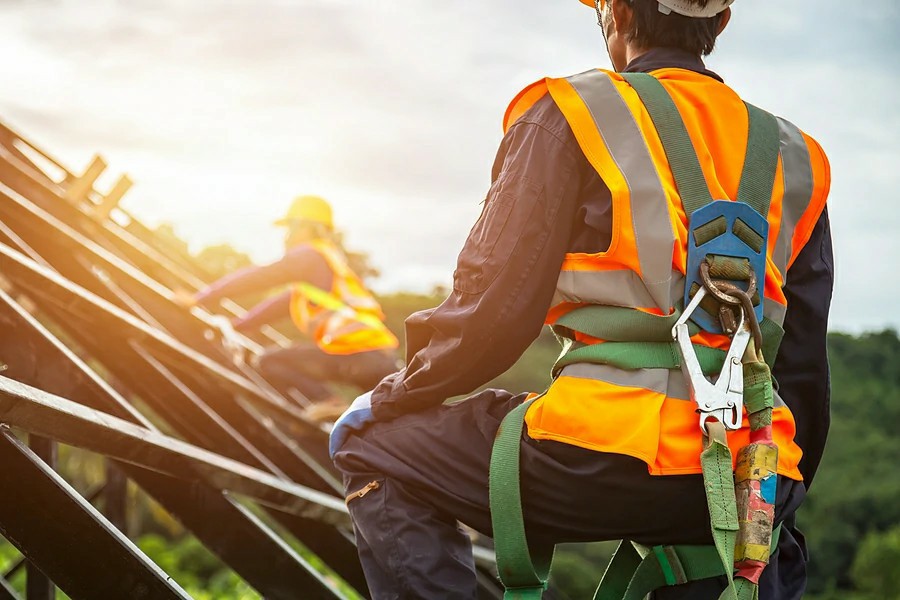


 349,500 Offered Certificates
349,500 Offered Certificates
 24/7 Online Training
24/7 Online Training
 Money Back Guarantee
Money Back Guarantee
 Fully Accredited Courses
Fully Accredited Courses

Created at: 22-02-2025 14:13
Working at heights remains one of the most dangerous occupations worldwide, with numerous incidents resulting in severe injuries or fatalities each year. Best practices, including proper training and certification, play a crucial role in minimizing these risks. This guide will delve into the key hazards associated with working at heights and explain how comprehensive training, such as a Working at Heights Safety Course, can effectively prevent accidents.
Before we dive into the importance of training, let's identify common hazards associated with working at heights:
Effective fall protection systems are essential in safeguarding workers. These systems include:
Proper training is vital for all workers who perform tasks at varying heights. A Working at Heights Course equips participants with the necessary skills and knowledge to take safety seriously:
Training saves lives, and real-life examples illustrate its effectiveness. Here are a couple of incidents where adequate training prevented serious accidents:
On a busy construction site in Dublin, a worker was tasked with installing beams at a significant height. Before commencing work, he completed a Certified Working at Heights Training program. During his training, he learned about the importance of securing his harness properly. As he began working, he noticed the scaffolding below was unstable. Thanks to his training, he immediately stopped work and reported the issue, preventing a potential fall for not only himself but also others who would have followed.
In another scenario in Cork, a maintenance team performed tasks on a rooftop. Thanks to effective Working at Heights Certification, team members were well-versed in emergency response protocols. When an unexpected gust of wind blew, causing one worker to slip, his colleagues were quick to initiate the emergency response plan, ensuring he was safely secured and revived swiftly without injury.
No safety program is complete without a solid emergency response plan. Here’s why it’s crucial:
Working at heights can be dangerous, but with awareness, proper methods, and adequate training, risks can be significantly reduced. Investing in a Working at Heights Course Online provides individuals and businesses alike with essential knowledge and skills to ensure a safer workplace. If you're in Dublin, Cork, Galway, or elsewhere in Ireland, consider enrolling in a Working at Heights Safety Course today for a safer tomorrow.
For more information about the course and registration, visit Ireland Safety Training or contact us at [email protected].